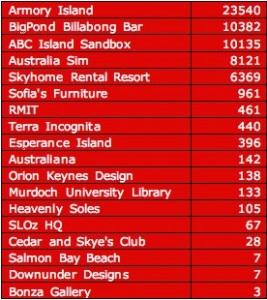 Tateru Nino has a great story on how Linden Lab will no longer be providing SL economy metrics:
Tateru Nino has a great story on how Linden Lab will no longer be providing SL economy metrics:
Essentially, over the years, the figures have been progressively stripped of the supporting data that gave them meaning, and now hardly anyone can understand what’s left. That kind of makes it a waste of time to extract the data and generate the reports in the first place.
Of course, the other side of the coin is this: When a company stops reporting some key statistic, it is almost always because the figure suddenly has gone South or otherwise looks bad. The Lab has stripped key items out of the reports on a number of occasions, as I mentioned, and it doesn’t take any great stretch of the imagination to figure that they were taken out because those figures were going sour, or that they appeared to be going sour because other data that would have aided in the interpretation of the figures was absent.
The latter tends to have a bit of a snowball effect. You stop publishing a metric that might be misinterpreted as bad, and then eventually its absence makes another metric misinterpretable as bad, until you’re left with a small set of metrics that don’t tell anyone anything terribly useful.
Here’s a post I did in May 2007, showing how far the transparency has declined. Here’s hoping this decision isn’t indicative of a more fundamental decline.
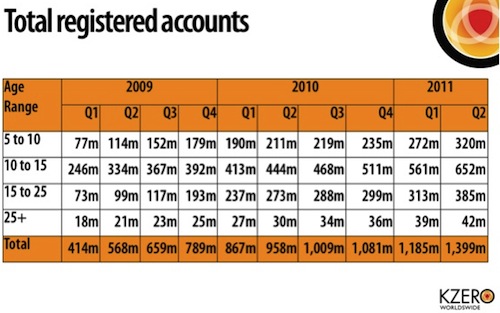
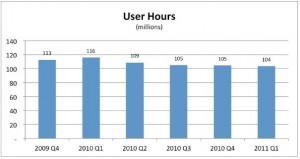

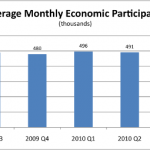
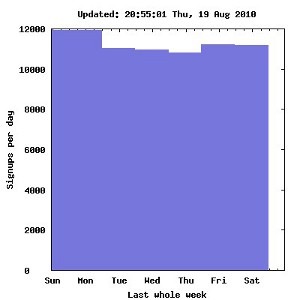
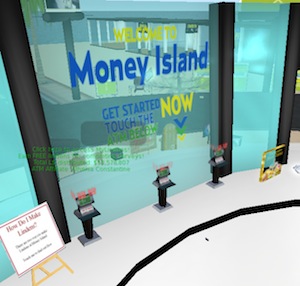
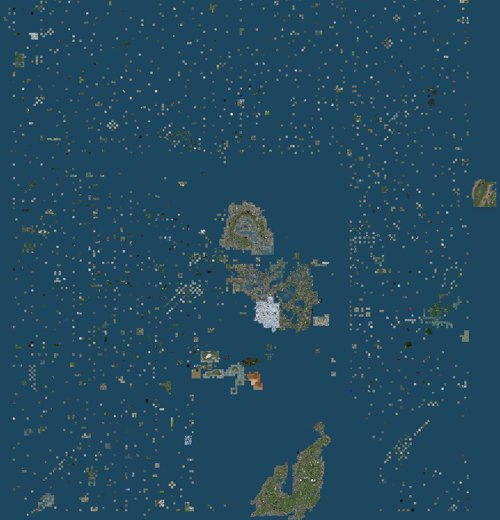
Recent Comments